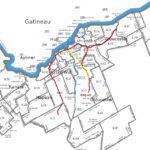In today’s rapidly changing retail landscape, store remodels go beyond mere aesthetic improvements; they are essential for attracting and retaining customers. This article delves into the substantial impact of store remodels on foot traffic, emphasizing effective tools and methods for measuring this crucial data. It examines how to analyze foot traffic metrics to assess the success of your remodel and implement changes that can enhance customer engagement and boost sales. Discover the strategies that can transform your retail space into a vibrant hub of activity.
The Importance of Store Remodels
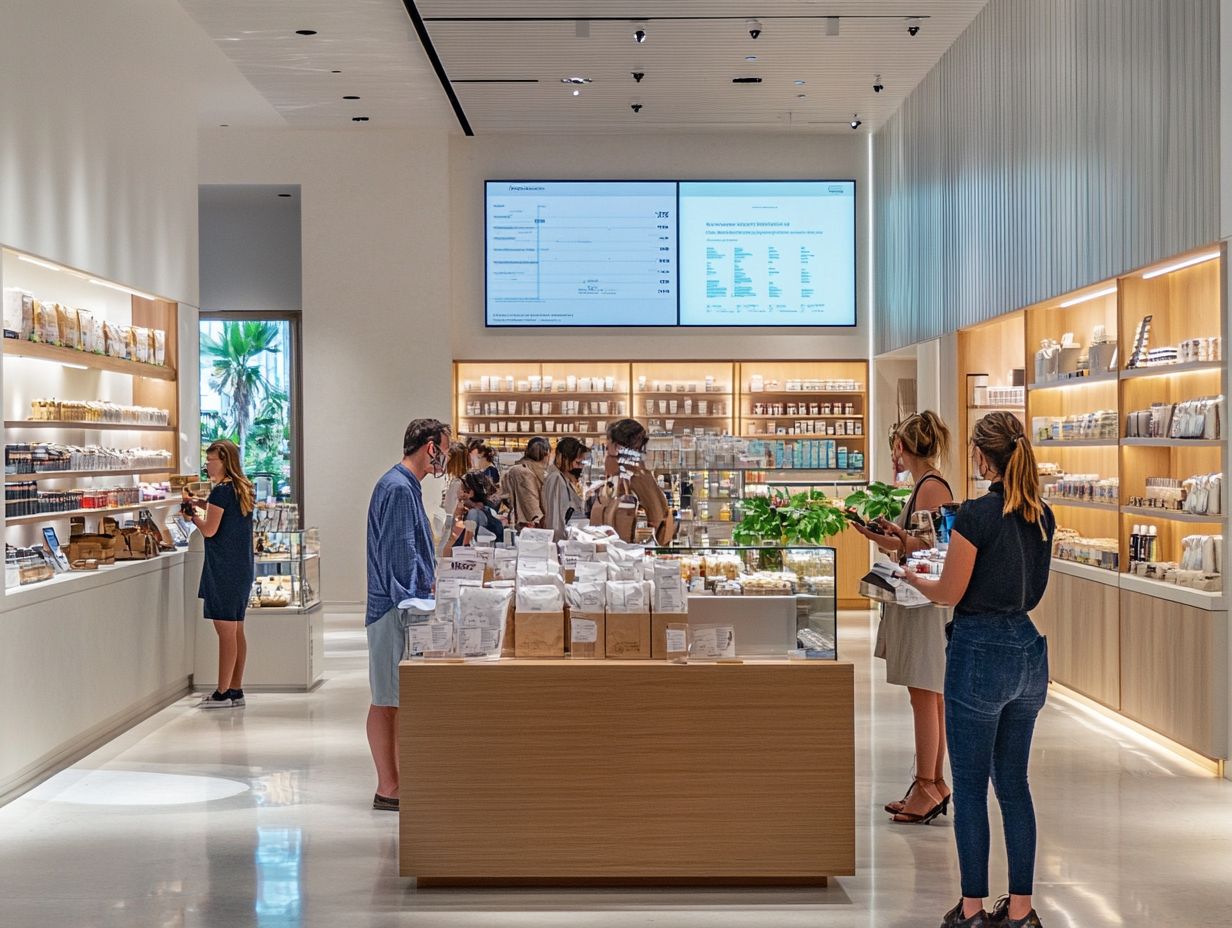
Store remodels are a crucial strategy for brands aiming to stay competitive in the retail industry, as they significantly influence customer behavior, enhance the in-store experience, and align with current market trends.
These remodels involve changes to store layouts, the application of modern retail analysis to optimize foot traffic, and integrating shopper insights and demographic data to address the evolving needs of shopper demographics.
A successful store remodel not only improves design aesthetics but also aligns with current design trends, fosters consumer engagement and loyalty, enhances the shopping experience, and supports the broader marketing strategy of the business.
Additionally, taking into account the impact on the community, brand perception, and competitive analysis can further enhance the effectiveness of these remodels.
How Store Remodels Can Impact Foot Traffic
Store remodels can significantly impact foot traffic by altering traffic patterns, enhancing customer flow, and optimizing store layout within the retail space.
By analyzing foot traffic data after a remodel, retailers can conduct a success measurement to determine which changes resulted in increased sales performance or improved shopper retention rates.
Understanding the relationship between store accessibility, traffic sources, and customer flow enables retailers to create an environment that encourages visitors to spend more time interacting with products and displays.
For instance, a store remodel may feature an open layout that fosters a welcoming atmosphere and naturally guides customers through various product areas, thereby increasing the likelihood of impulse purchases.
Additionally, placing high-demand products near the entrance can entice customers to venture further into the store. Engaging displays and interactive kiosks can also prompt visitors to linger longer, ultimately enhancing both foot traffic and customer engagement.
Measuring Foot Traffic Data
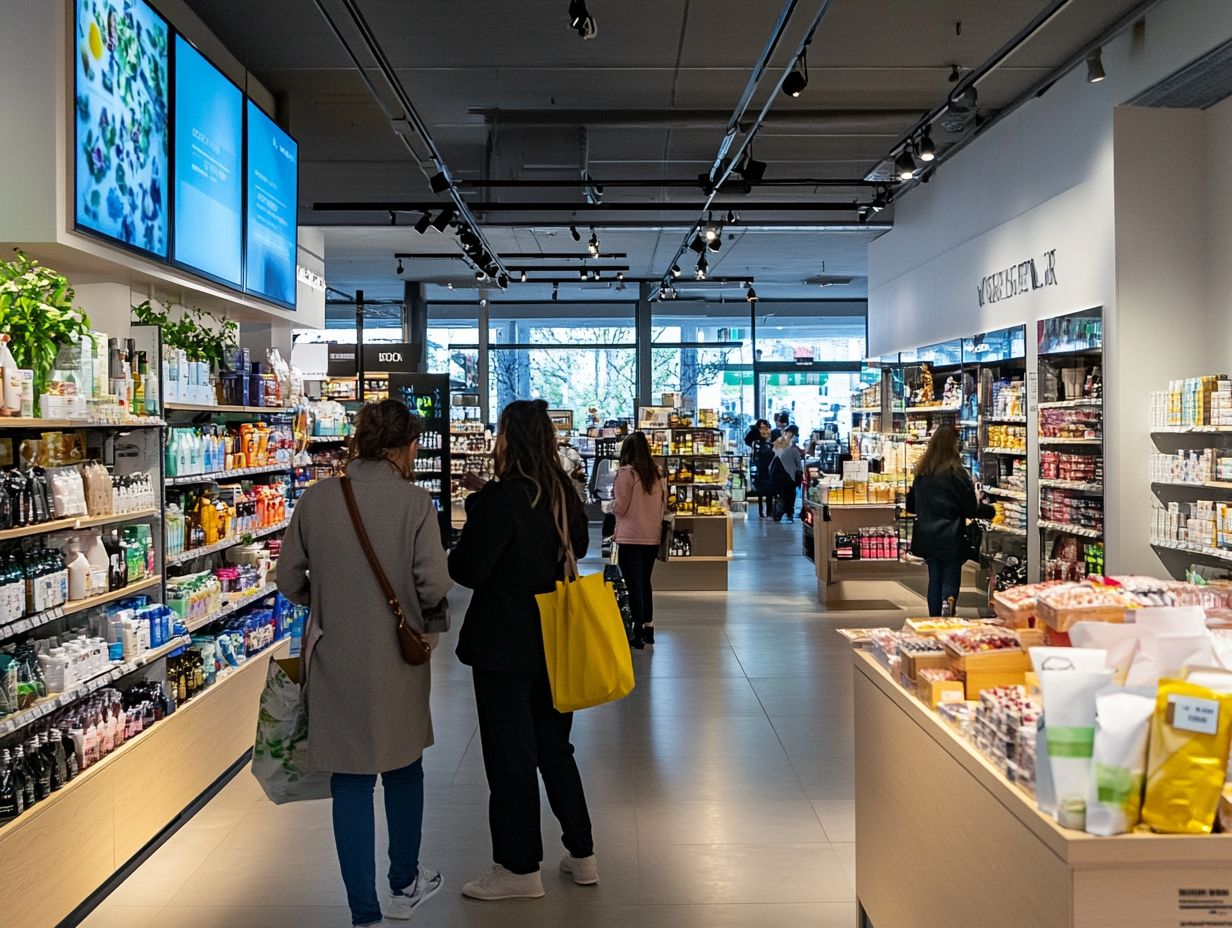
Foot traffic data serves as a vital source of information for businesses aiming to understand customer behavior and optimize their retail strategies. By employing traffic counting technology and analytics tools, retailers can collect essential data on visitor patterns, preferences, and peak times.
This effective monitoring of foot traffic enables brands to evaluate sales performance, analyze operational metrics, and conduct return on investment (ROI) analyses of their marketing efforts. Additionally, incorporating qualitative feedback enhances the measurement of customer experiences and contributes to improving overall effectiveness.
Tools and Methods for Tracking Foot Traffic
Numerous tools and methods are available for tracking foot traffic, which can enhance a retailer’s ability to analyze customer behavior. Technologies such as traffic counting devices and heat mapping provide in-depth visualizations of customer movement through stores, allowing retailers to understand how customers interact with their environments.
Additionally, traffic simulation and demographic analyses offer insights into the dynamics of internal versus external traffic, aiding in strategic planning for store layout and marketing initiatives. By integrating these advanced tracking technologies, retailers can gain a comprehensive view of customer engagement, which can be used to refine marketing strategies and optimize product placement.
Mobile location data reveals foot traffic patterns that correlate with specific marketing initiatives or seasonal trends. Furthermore, customer feedback tools can be employed alongside foot traffic analyses to create a feedback loop, enabling businesses to make more informed strategic decisions based on real-time data.
The results of this multi-faceted approach often manifest as improved operational efficiency, enhanced customer experiences, and increased store profitability, ultimately leading to better sales outcomes.
Analyzing Foot Traffic Data for Store Remodel Success
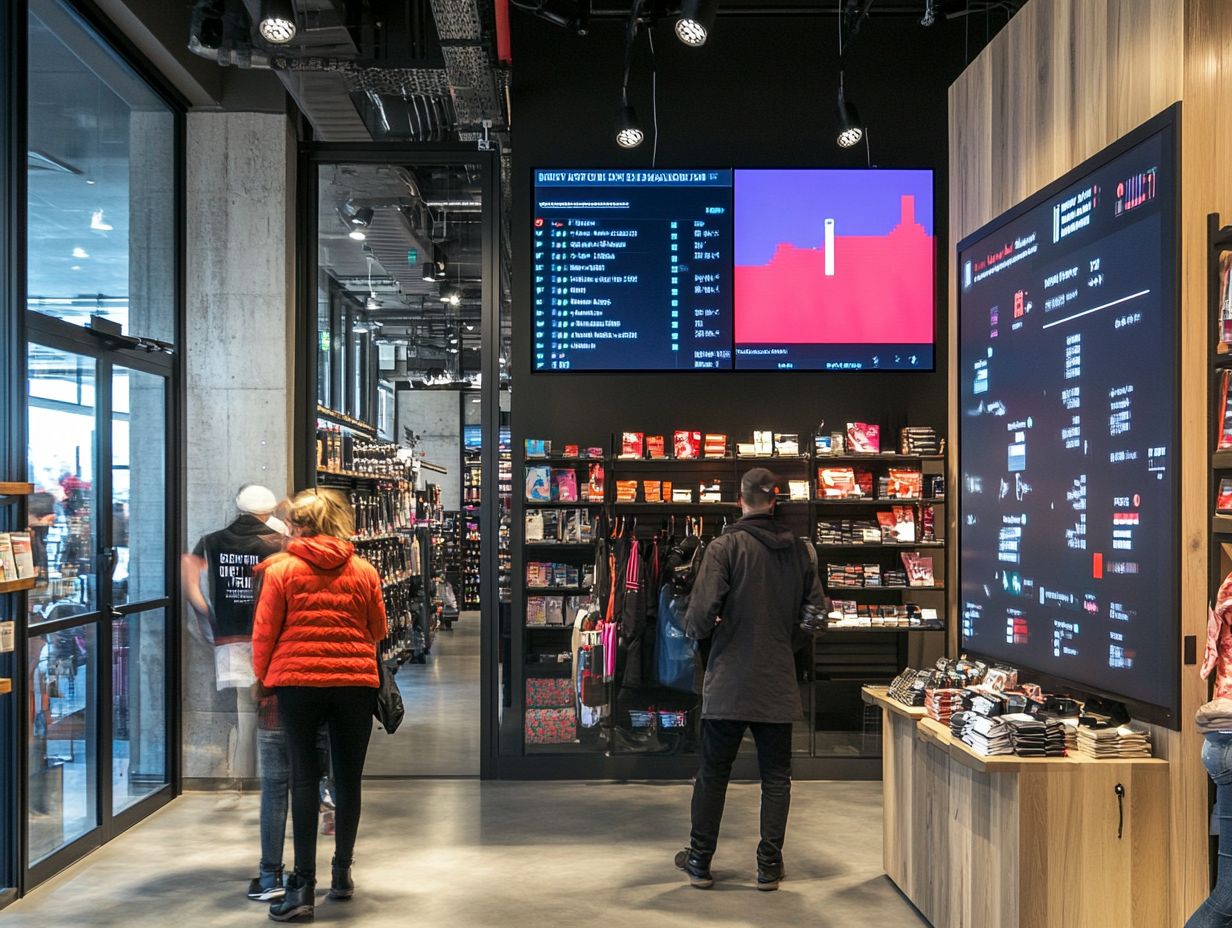
Analyzing foot traffic data is essential for evaluating the success of store remodels, assessing economic indicators, and their broader impact on operational efficiency.
By focusing on key performance metrics such as conversion rates, sales forecasting, and sales tracking, businesses can benchmark their performance indicators, helping them identify strengths and weaknesses.
Traffic flow analysis enables retailers to assess how effectively their remodels have optimized customer journeys and in-store navigation, ultimately leading to improved shopper satisfaction and enhanced sales performance.
Key Metrics to Consider
When using foot traffic data to assess the effectiveness of store remodels, key metrics to analyze include the following retail KPIs and performance metrics:
- Sales per Square Foot: This fundamental metric is an overall indicator of the success of the store remodel. It can be segmented for more detailed analysis and spatial analysis, allowing retailers to measure sales per square foot for specific departments, locations, or time periods.
- Customer Experience/Satisfaction Ratings: Customer experience is a critical metric that significantly influences a store’s sales. Overall consumer satisfaction can be measured through surveys, net promoter scores, or online reviews, and analyzed through user experience studies. A more satisfying shopping experience increases the likelihood of customer return.
- Loyalty Program Impact: Loyalty programs are essential for retailers to evaluate the success of a remodel. Understanding how a remodel affects both new and existing customers can provide valuable insights into brand loyalty. For instance, if foot traffic increases but the number of unique loyalty program members visiting the store decreases, this may indicate a lack of interest in the remodel among existing customers.
- Visitor Segmentation: Understanding the demographics of a store’s customers is crucial for tailoring retail strategies. This includes identifying the number of new versus repeat visitors, their locations, and the reasons for their visits. Retailers can leverage this information to target their marketing campaigns more effectively through customer segmentation.
- Tracking Customer Behavior: Analyzing how visitors behave inside the store can help retailers identify inefficiencies and make necessary adjustments. Key metrics to track include visitor dwell time, popular areas and products, foot traffic patterns, and overall engagement, utilizing shopper analytics.
- Conversion Rate: The conversion rate measures the percentage of visitors who make a purchase. By examining foot traffic alongside sales data and lead conversion rates, retailers can assess how many visitors are becoming buyers.
- Average Transaction Value (ATV): ATV measures the average dollar amount spent each time a customer makes a purchase. Monitoring this metric helps retailers evaluate the effectiveness of upselling, promotional strategies, and sales conversion rates.
- Inventory Turnover: This metric reflects how many times a store’s inventory is sold within a given timeframe. It helps retailers assess the sales effectiveness of products following a remodel and improve inventory management.
By focusing on these key metrics, retailers can identify areas needing improvement and make adjustments to their strategies, ultimately enhancing the shopping experience and increasing long-term store profitability.
Implementing Changes Based on Foot Traffic Data
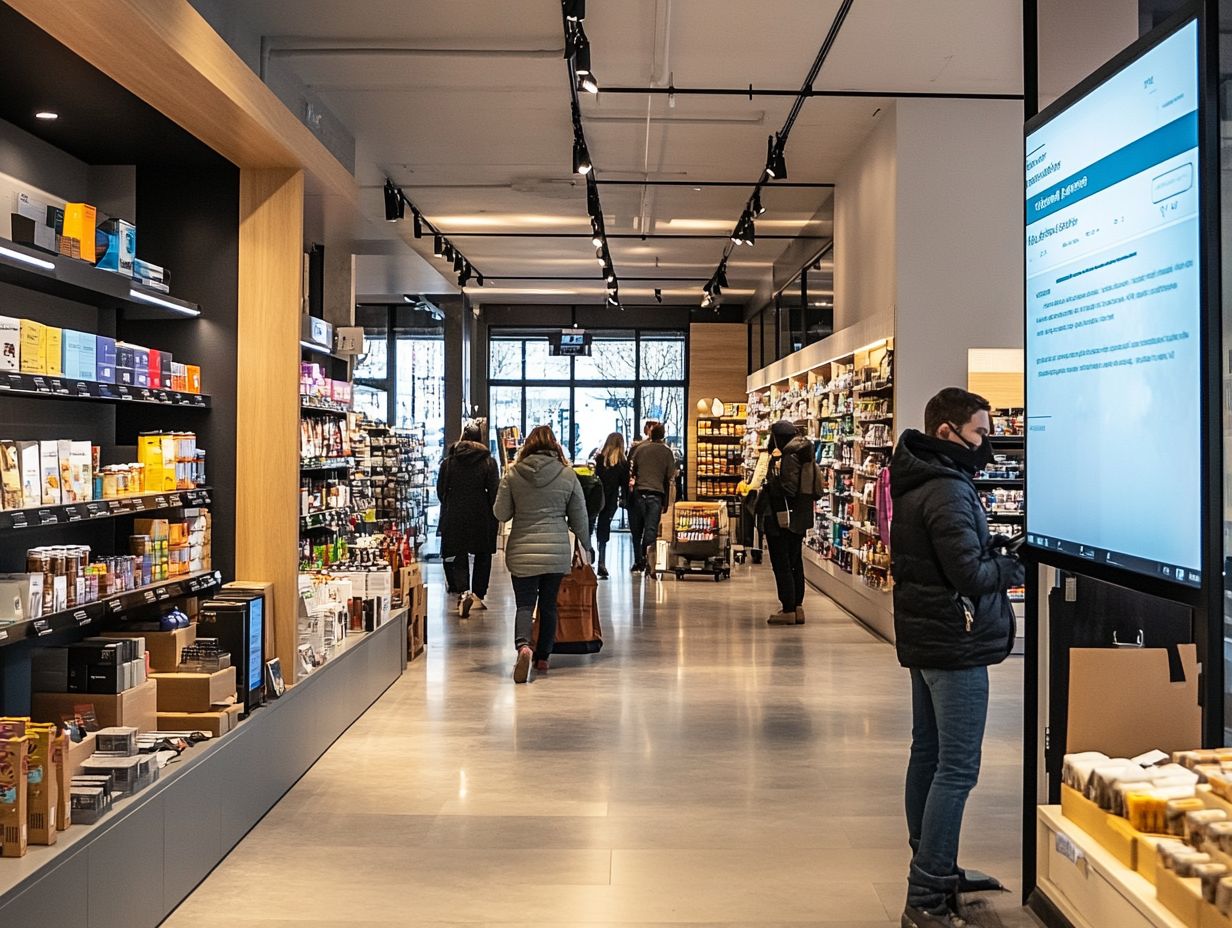
Improvements in customer engagement and the in-store experience are achieved through changes informed by foot traffic data, consumer insights, and shopper analytics.
By analyzing traffic flow and spatial analysis, retailers can identify and implement effective strategies to enhance foot traffic, as well as adjust merchandising strategies and store zoning accordingly.
This data-driven approach not only increases operational efficiency but also fosters a more engaging shopping environment that aligns with consumer preferences and supports experiential marketing.
Effective Strategies for Improving Foot Traffic
The most effective strategies for increasing foot traffic involve a targeted approach that includes seasonal adjustments, community engagement, and the use of various marketing channels to optimize customer acquisition opportunities and traffic sources with multi-channel retail efforts.
Utilizing the conversion funnel and service design can help identify the best approaches to maximize engagement and create conditions for repeat visits.
A combination of digital marketing, online vs offline strategies, and in-store promotions can significantly enhance foot traffic by offering an experience that encourages shoppers to visit physical locations.
Seasonal adjustments, such as themed displays, limited-time offers, and seasonal promotions, can improve brand recognition and create a sense of urgency among consumers, making them more likely to visit a store during a sale.
Engaging the community through events, loyalty programs, personalized outreach, and community impact initiatives fosters a sense of ownership and connection, which resonates with shoppers and increases the likelihood of their return.
Additionally, leveraging social media to promote in-store events and seasonal offers can build anticipation and excitement around products or services that are exclusively available in-store, enhancing brand engagement.


